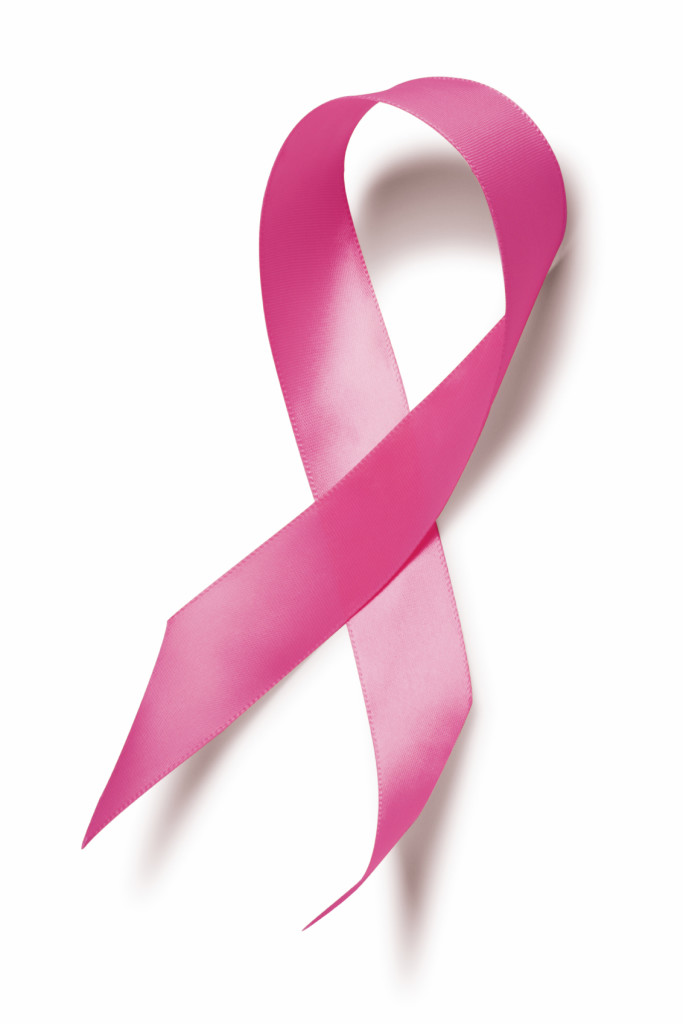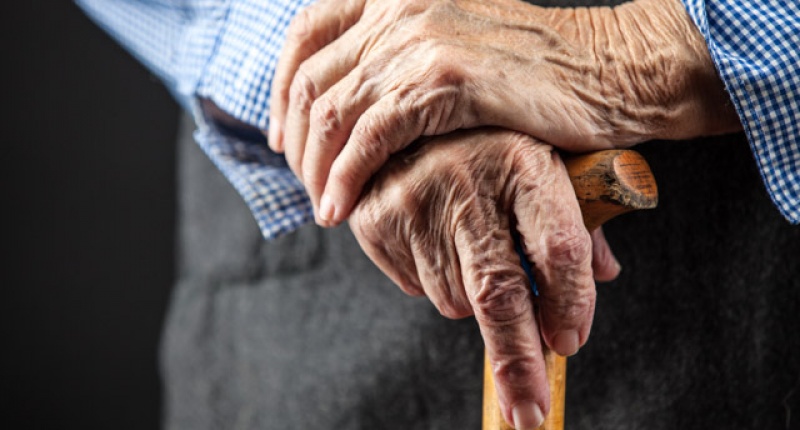Hate Squishing the Girls? 5 Possible Mammogram Alternatives
This is a guest post written on a topic that I handpicked. Besides the fact that one of my dearest friends died from breast cancer last October, two other friends have daughters who are fighting this battle. Friends, please read this and share with your friends and neighbors. It might just save someone’s life!
By Leslie Vandever
“A screening test tries to find a disease before there are any symptoms. With breast cancer, there’s a misconception that if you feel fine, don’t have a lump, and have no family history of breast cancer, you’re okay. The truth is that three-quarters of the women in whom we find breast cancer have no risk factors. So screening is important for everyone.”
— Susan Greenstein Orel, M.D.
Mammograms: breast x-rays. They’re the most common and successful way to screen (look for changes before there are symptoms) for breast cancer. The amount of radiation they emit is tiny, and while they’re not perfect, they often find tumors that are symptom-free and too small to feel.
Mammograms are also particularly useful in detecting abnormal cells that might become invasive cancer in some women. According to the National Cancer Institute, “Women between the ages of 40 and 74 who have screening mammograms have a lower chance of dying from breast cancer than women who don’t have screening mammograms.” BreastCancer.org encourages women to have yearly mammograms starting at age 40, or earlier if they’re at high risk. Risk is determined from family and your own health history. Ask your doctor about the best time for you.
While most of us agree that undergoing breast cancer screening to catch it early is smart and might well save our lives, we still dislike—OK, I’ll say it: we hate—getting mammograms. Thankfully, the procedure is brief, but let’s be honest: it’s unpleasant, uncomfortable, and undignified. Other drawbacks include false positives, leading to invasive procedures that may not be necessary, and radiation exposure, however small.
So, are there alternatives to mammograms for breast cancer screening? Yes, there are other methods and technologies out there, but like mammograms themselves, they have their drawbacks.
- The Self-Exam.
The idea behind the self-exam is that we know our own breasts, so we should be best at detecting problems with them. Done monthly and at home, you check your breasts visibly in a mirror and with your fingers for changes such as lumps, swelling, lesions, nipple discharge, or inverted nipples. Report anything you find to your doctor right away.
The problem with this method is that although many women have detected early cancers this way, the truth is that the breast self-exam really isn’t very effective. Signs of breast cancer such as small tumors, lumps buried deep inside the breast, or those well-covered with fat are often undetectable. In addition, self-exams tend to expose benign changes in the breast, leading to invasive and unnecessary procedures. Finally, studies show that breast self-exams do not decrease deaths from breast cancer.
- Clinical Breast Exam.
This exam is the same as the self-exam, but your doctor performs it in her clinic, usually during a routine annual check-up. As with the self-exam, breast density (particularly in younger women) can make tissue changes difficult to detect.
- Breast Ultrasound (Sonography).
This painless, non-invasive screening method creates real-time, computerized images using sound waves that bounce off body tissues beneath the skin. There is no radiation. While ultrasound can detect larger tumors, it’s frequently used to further examine changes in the breast when a mammogram shows dense breast tissue, to guide a needle biopsy, or to examine lymph nodes under the arm.
The problem is that ultrasound is far less sensitive (it detects fewer tumors) than mammograms and MRIs, and its success is wholly dependent on the skill and experience of the person doing the exam. Automated Ultrasound is also available in a few places. It’s more sensitive, but still less so than mammograms or MRIs.
- Breast MRI (Magnetic Resonance Imaging).
Using magnets and radio waves instead of radiation, MRI creates a very detailed image of the body or body part. Not only can find cancers detected with mammograms, but it can also find other cancers mammograms may miss. The downside—and the reason MRIs are not used routinely for breast cancer screening in women of average risk—is that they often show benign tissue changes, as well. To rule them out as cancer, these require investigation and possible further invasive procedures.
- Thermography (and Digital Infrared Thermal Imaging)
These are based on the idea that “the temperature rises in areas with increased blood flow and metabolism, which could be a sign of a tumor,” according to the American Cancer Society. Thermography measures and maps the heat on the surface of the breast. While it can detect tumors—and enjoyed some popularity as a possible mammogram-substitute a few years ago—studies show that it’s only able to detect “a quarter of the breast cancers found by mammography. In other words, it failed to detect 3 out of 4 cancers that were known to be present in the breast.”
Mammograms aren’t perfect. But right now, they’re still the best tool we have for saving women’s lives.

References:
- The Five Steps of a Breast Self-Exam. (2016, Feb.18) BreastCancer.org. Retrieved on April 21, 2016 from http://www.breastcancer.org/symptoms/testing/types/self_exam/bse_steps
- Breast Cancer Screening: Patient Version (PDQ). (2015, Jan. 22) National Institutes of Health. Retrieved on April 21, 2016 from http://www.cancer.gov/types/breast/patient/breast-screening-pdq
- Mammograms and Other Imaging Tests. (n.d.) American Cancer Society. Retrieved on April 21, 2016 from http://www.cancer.org/healthy/findcancerearly/examandtestdescriptions/mammogramsandotherbreastimagingprocedures/mammograms-and-other-breast-imaging-procedures-toc






Important post. Thank you, Theresa!